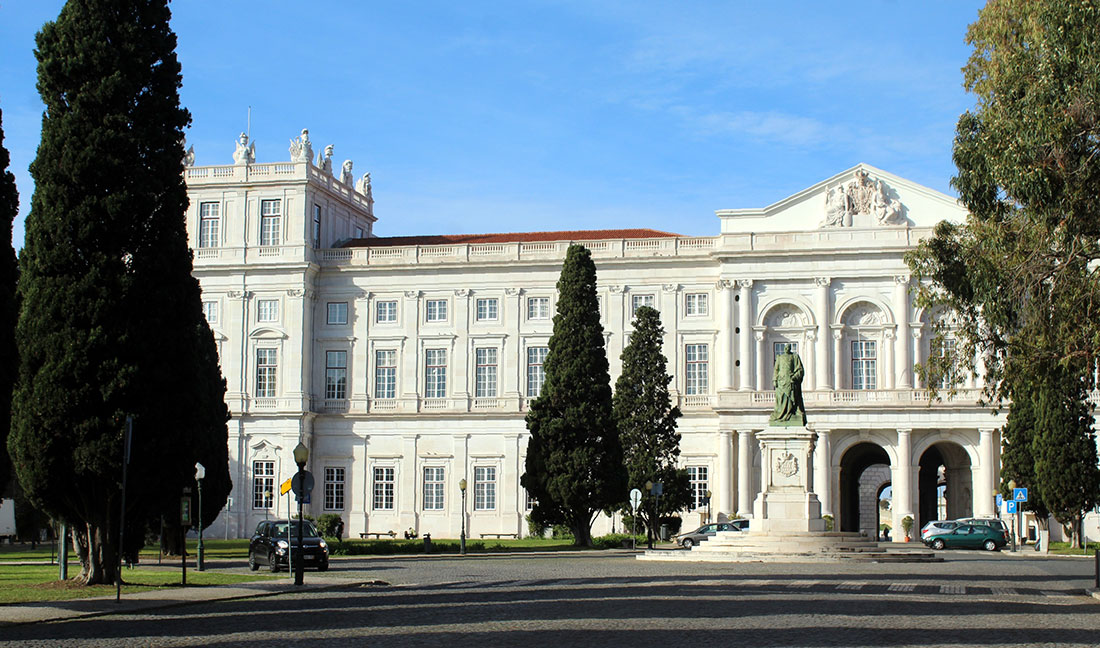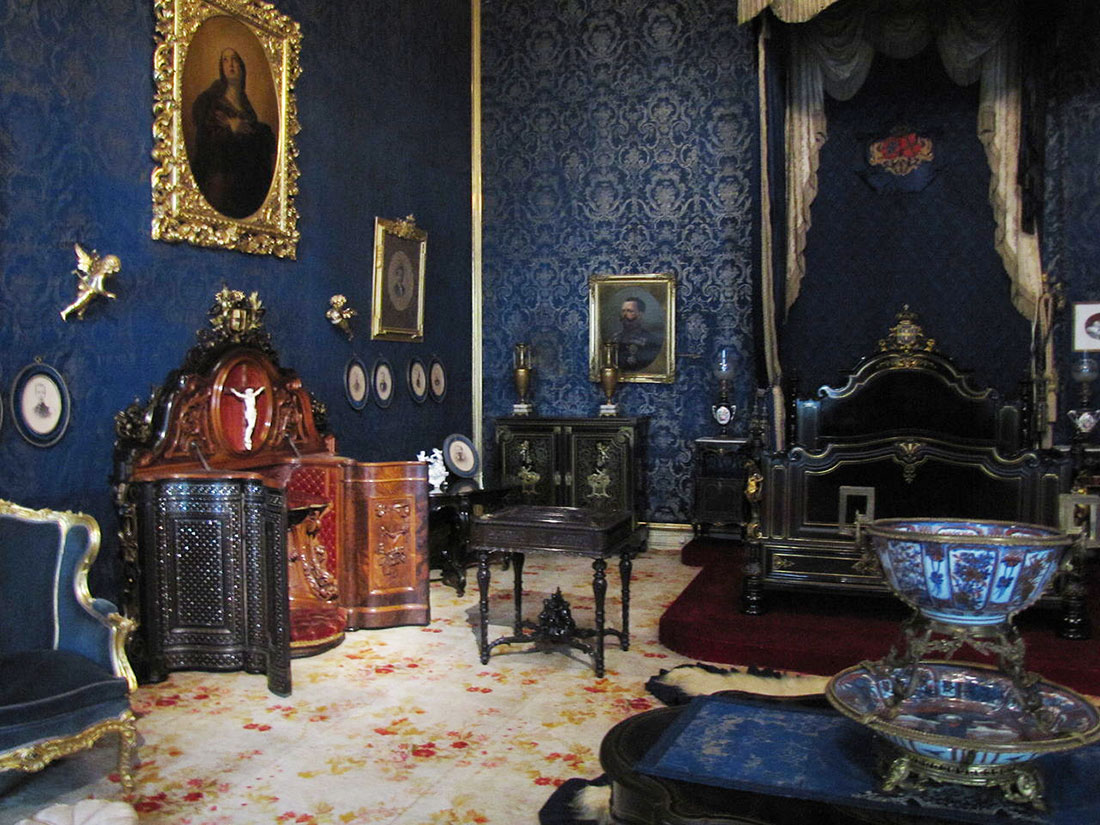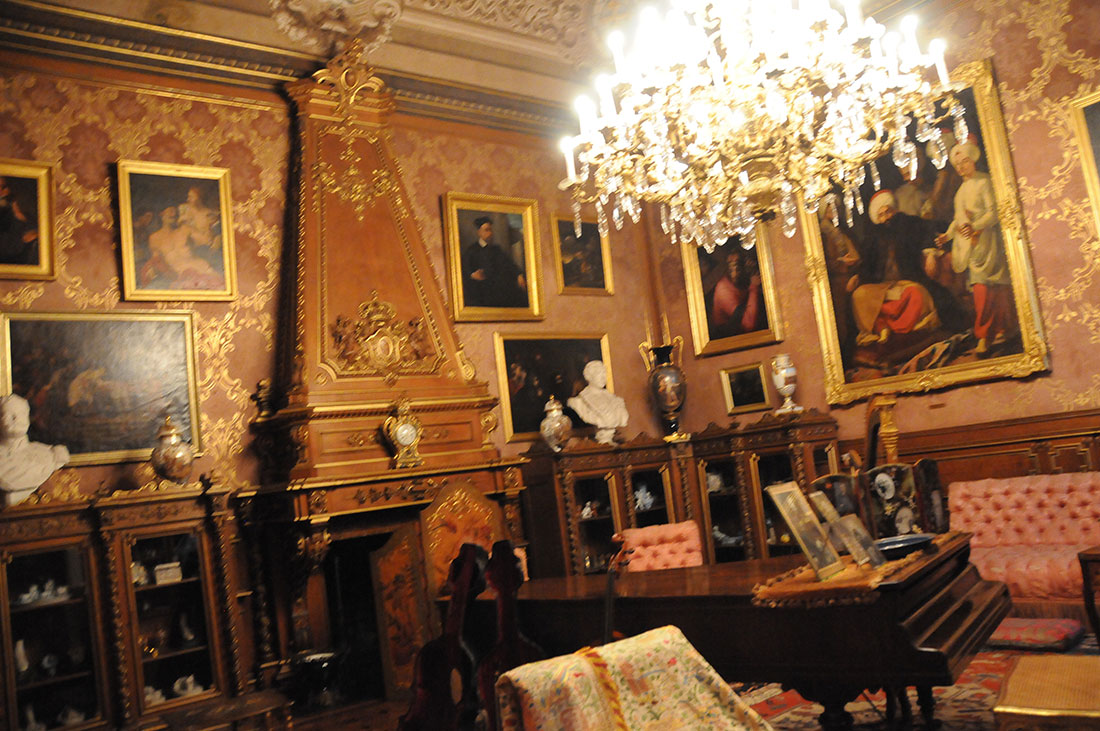For almost 800 years, Portugal has been a monarchy and Lisbon has been the home of its Kings and Queens. At all times, the palace was not just a demonstration of wealth and importance, and the ruling families built magnificent residences that literally pushed the boundaries of Portuguese architecture. From the hilltop Imperial National Palace of Pena and the National Palace of Belém to the latest royal residence, the Ajuda National Palace, Portugal’s hilly capital is full of beautiful buildings, many of which are open to the public. The next time you visit this unforgettable city, follow in the footsteps of the royal family and visit the most beautiful palaces in Lisbon.
The most beautiful palaces in Lisbon: Queluz Palace
Queluz National Palace, located between Sintra and the center of Lisbon, is one of the most romantic palaces in Portugal. Built in the 18th century, the palace was the summer residence of King Pedro III of Portugal and Queen Mary I. It is known for its sumptuous architecture and landscaped gardens that illustrate the evolution of court tastes with hints of baroque, rococo and neoclassicism. Visitors are free to explore the area and see the life of the royal family as it was in the 18th century.
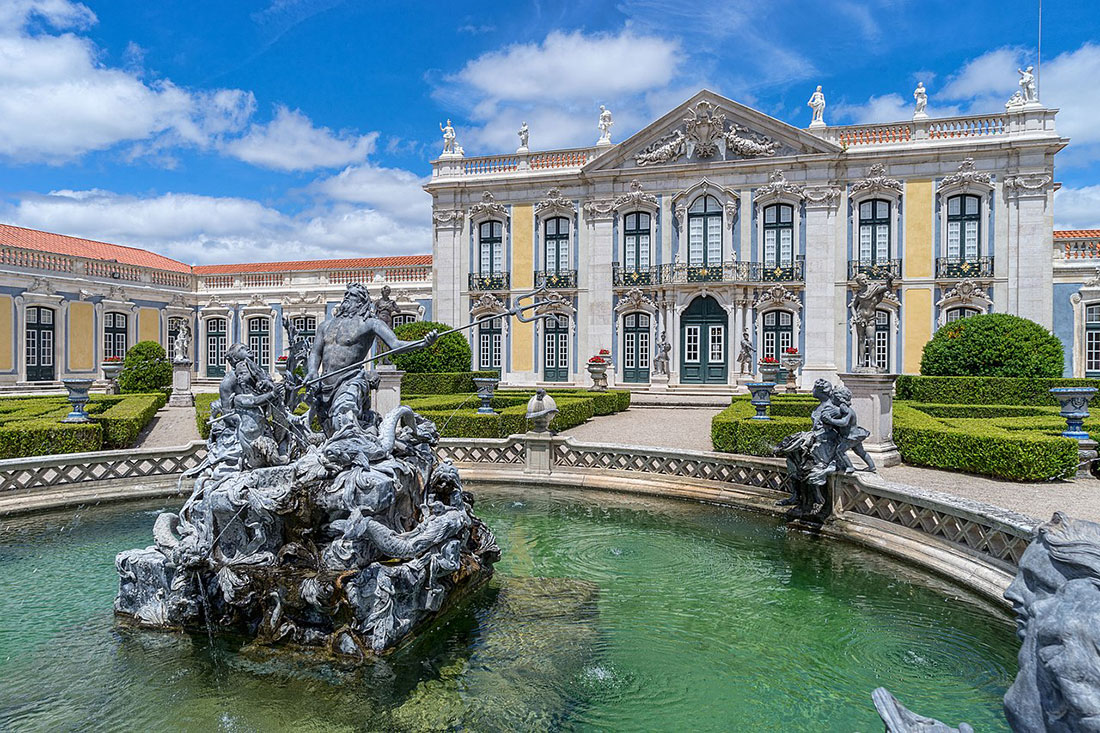
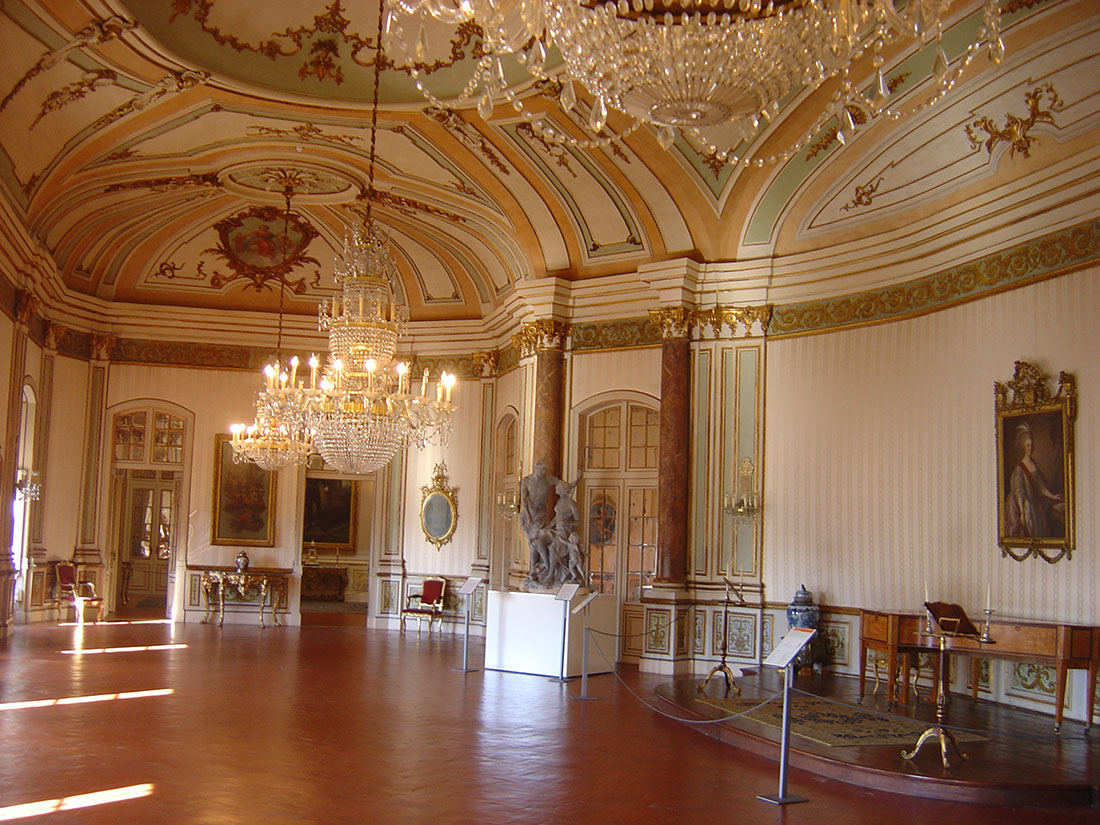
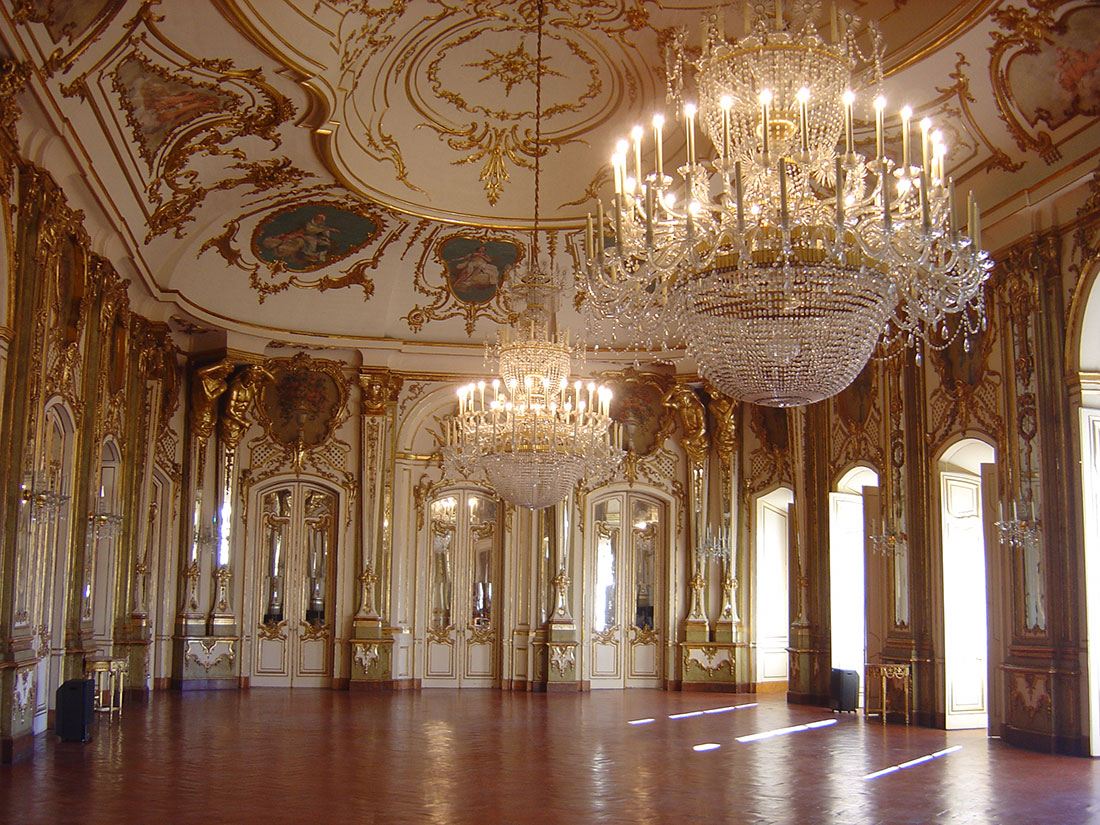
Belém Palace
Belém Palace, built in the 16th century, is the official residence and office of the President of Portugal. The palace was once used as the royal summer residence of D. João V, and it was here that D. José I and his family survived the 1755 earthquake unscathed. After many years of neglect, the building was revived as a royal residence at the end of the 19th century. The last official dinner of the Portuguese monarchy was held here in 1910. The palace became the official presidential residence in 1951.
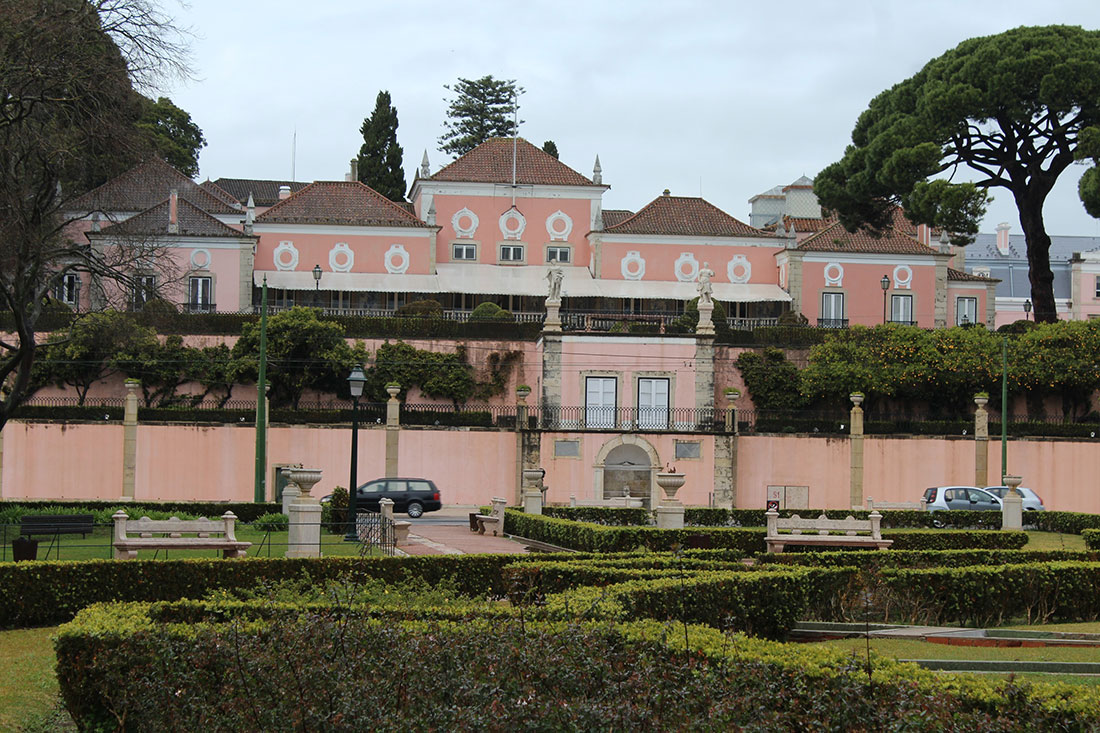


The most beautiful palaces in Lisbon: Pena National Palace
Before the great Bavarian fantasy of Neuschwanstein was built, the fabulous Pena Palace was already towering near Lisbon. It was a king’s dream, exteriorized on a hill in Sintra, mixing several architectural styles, making it one of the finest romantic structures in Europe. Its architecture showcases an exciting mix of styles including Neo-Gothic, Neo-Renaissance, Neo-Islamic and Neo-Manueline. The palace was used as the summer residence of Portuguese royalty and is so striking that it is widely believed that it inspired Walt Disney to create the iconic Disneyland castle.
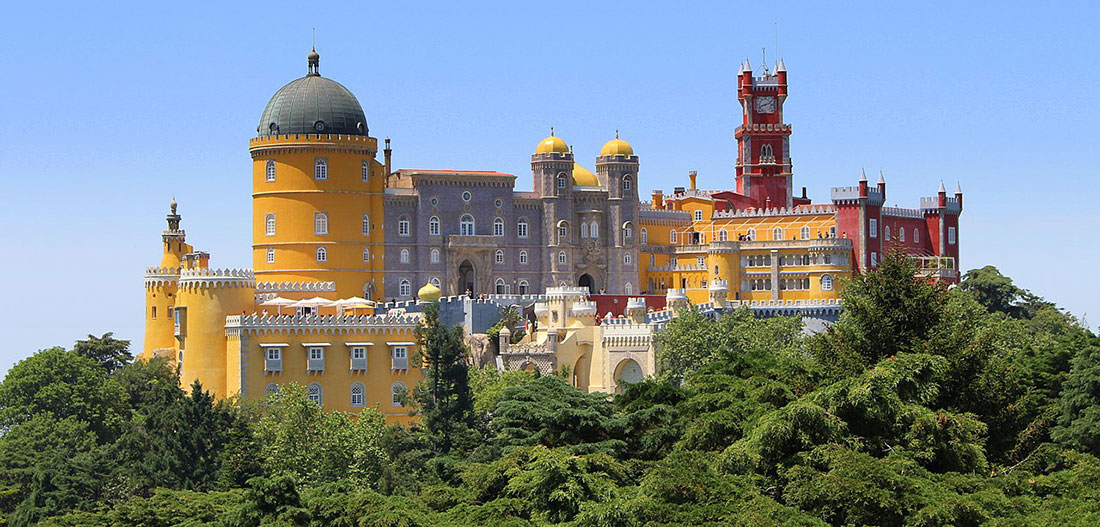
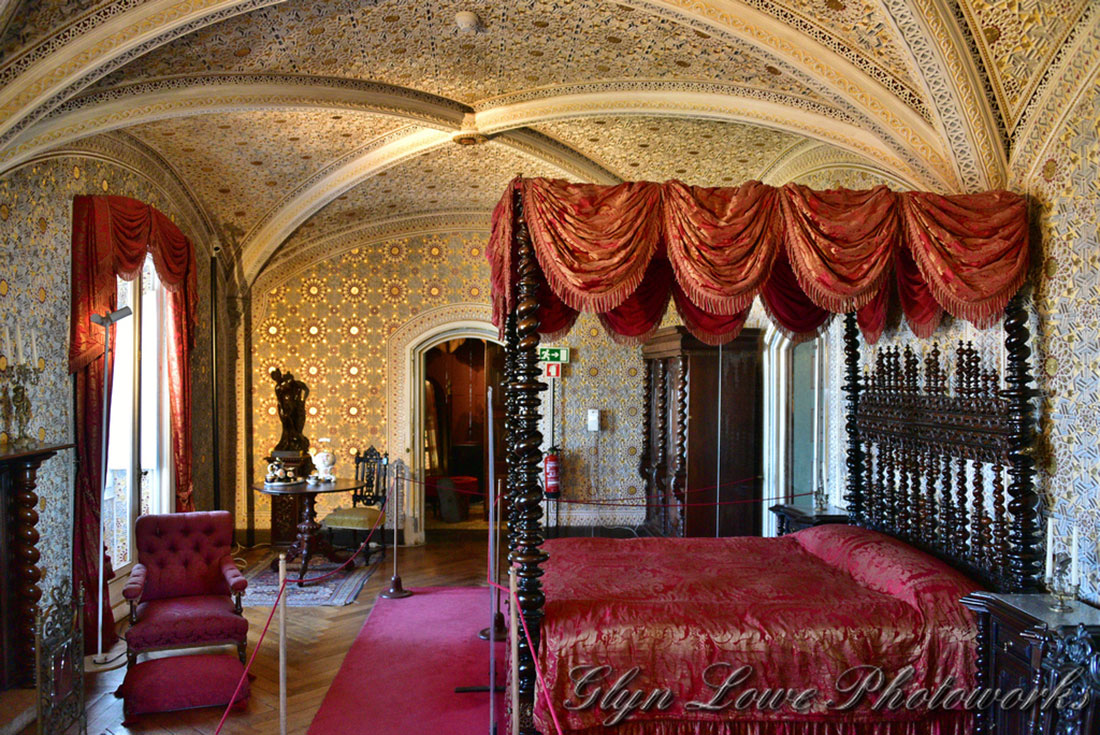
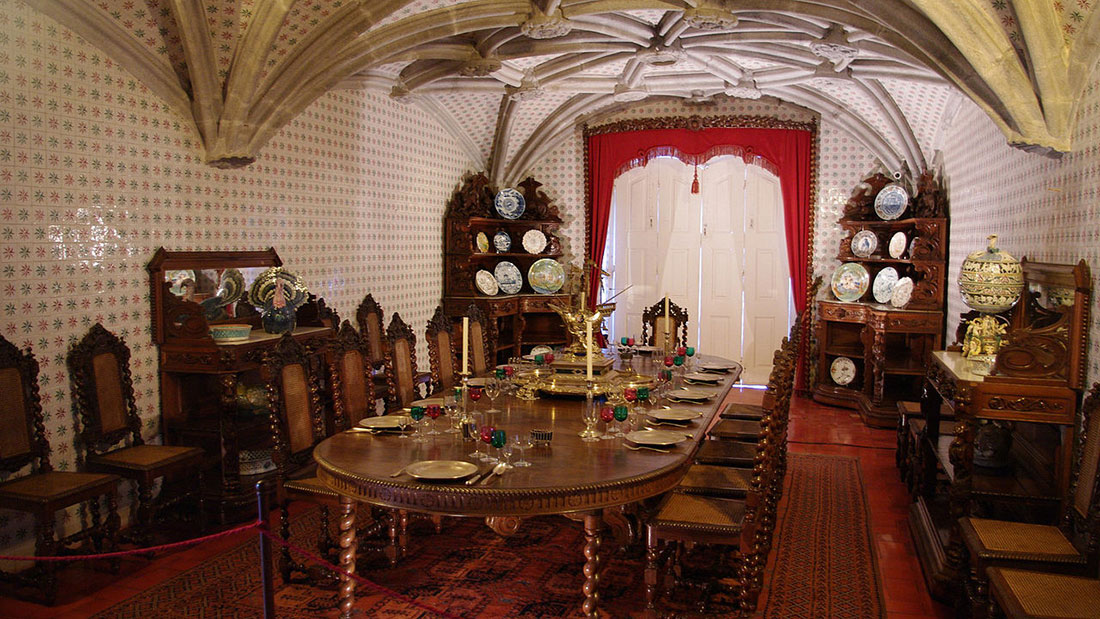
Sintra National Palace
Located near the Pena Palace, the National Palace of Sintra is one of the oldest palaces in Portugal. It stands proudly in the center of Sintra and is instantly recognizable by its giant conical chimneys. The famous medieval building was built in the 9th century as a luxurious residence of the Moorish rulers, and during the era of the Portuguese monarchy, it became the royal residence of King John I of Portugal. Currently, visitors can explore the palace’s beautiful interiors, including a hall famous for its unusual tiled panels depicting historical scenes from the life of the emperor.

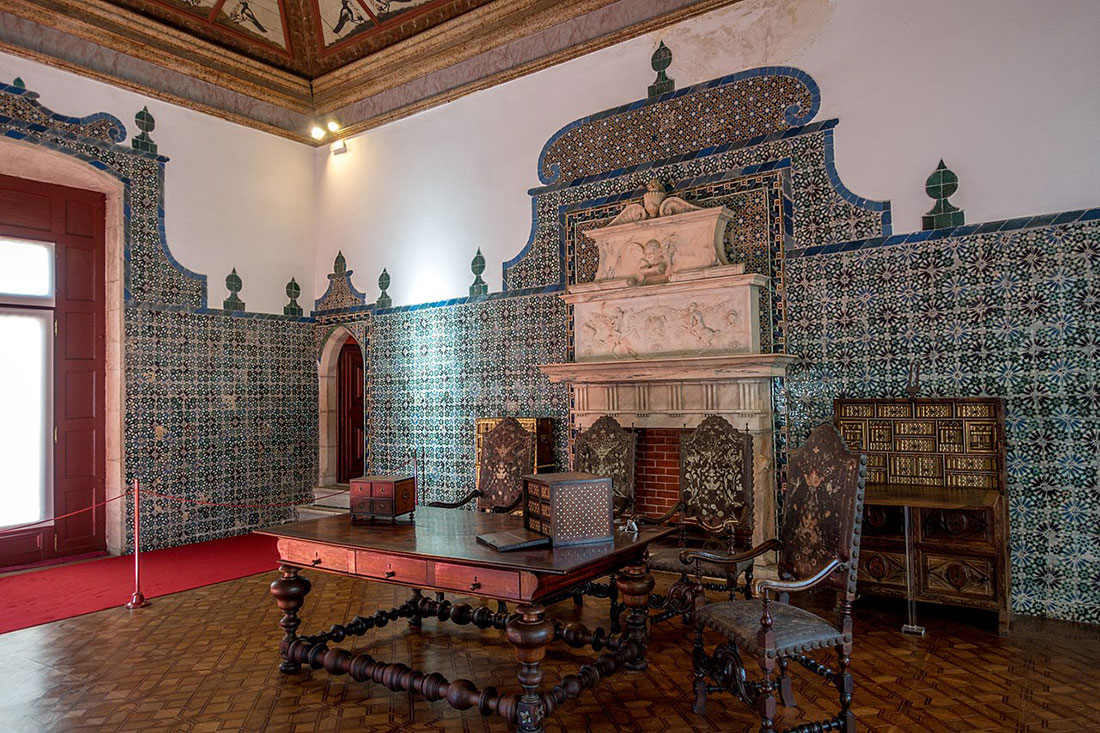
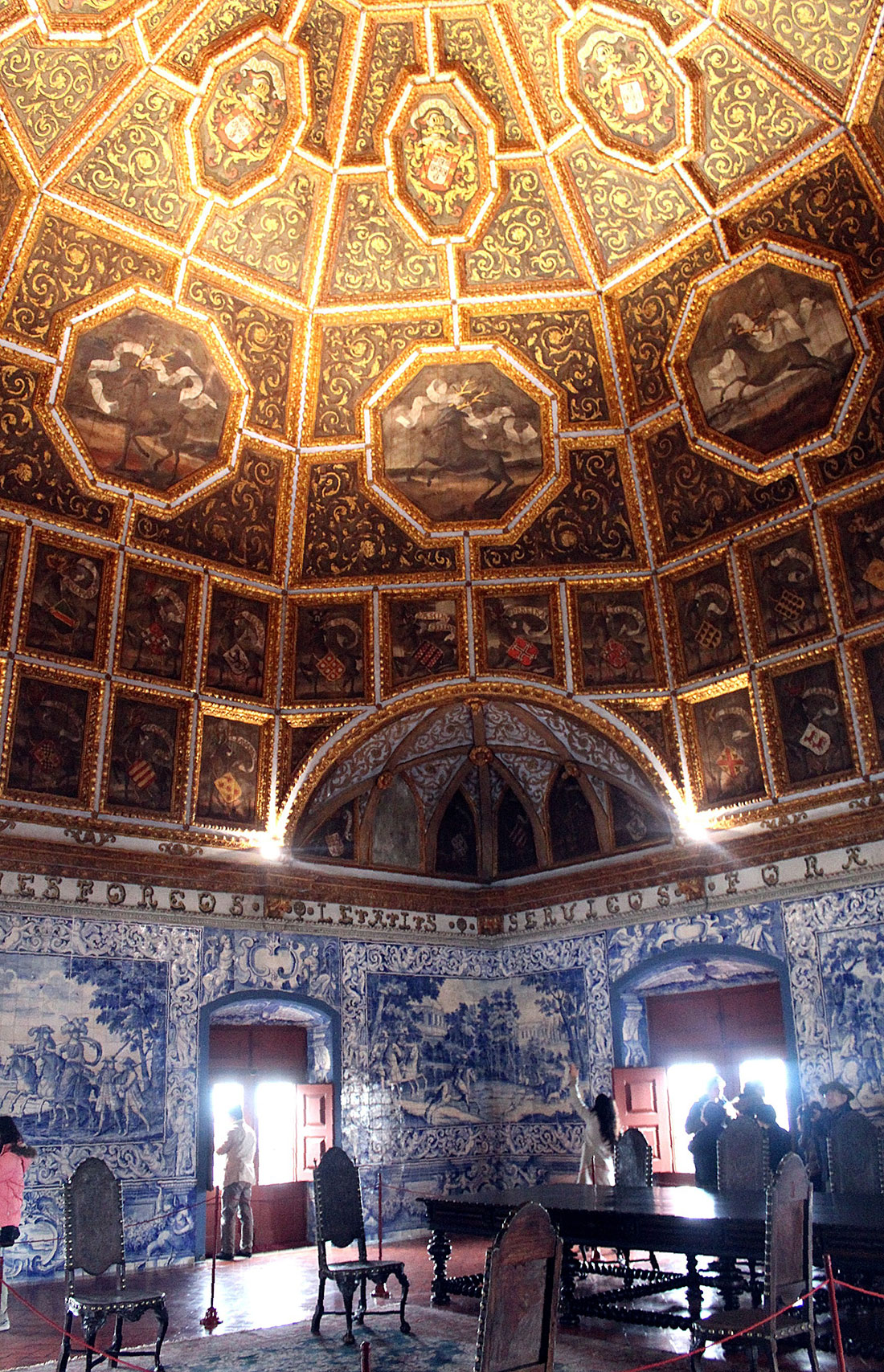
The most beautiful palaces in Lisbon: Mafra Palace
Located in the suburbs of Lisbon, Mafra is one of the largest palaces in the world. Its construction almost ruined the country at a time when there was no IMF capable of bailing out the country from debt. In the end, everything was paid for with gold found in Brazil. The grandiose Baroque building, which simultaneously served as a monastery and a royal palace, was included in the UNESCO World Heritage List in 2019.

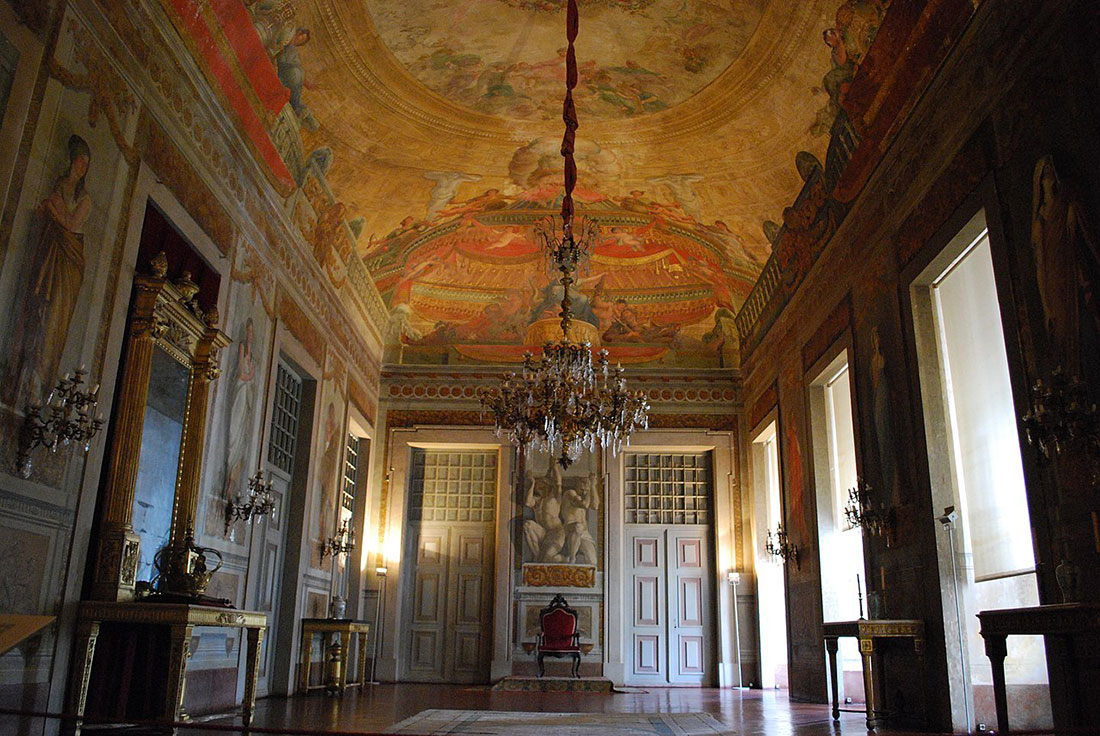
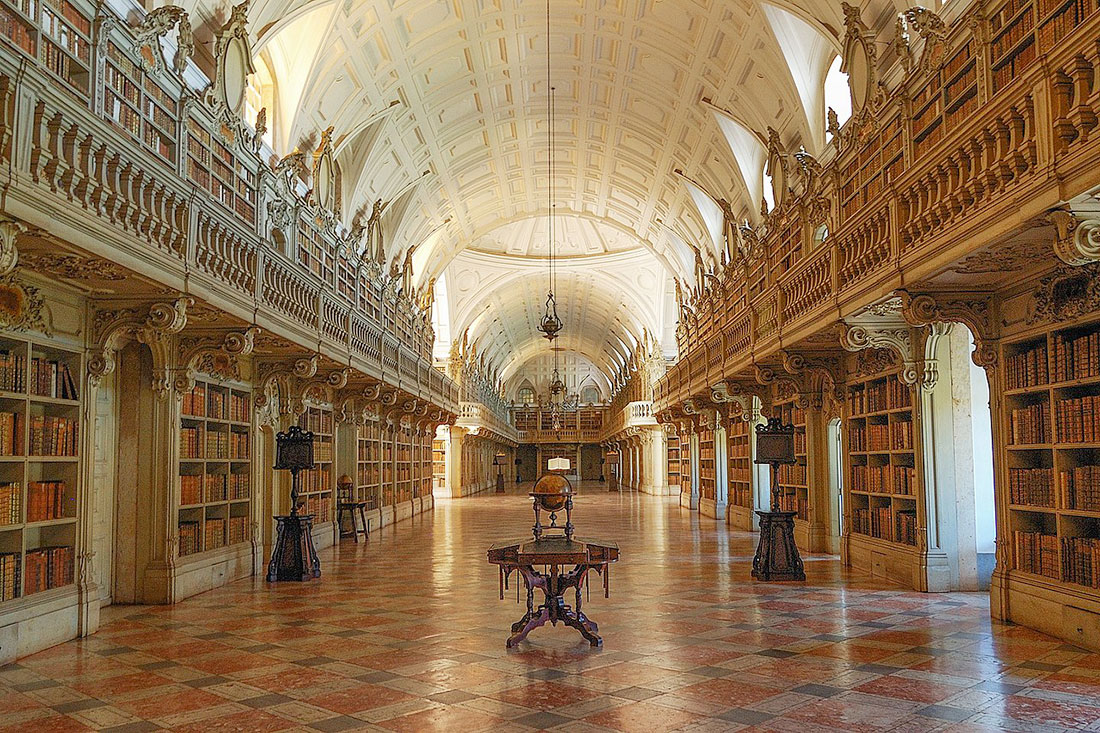
Ajuda Palace
After the royal family moved to the Ajuda National Palace in the mid-1800s, they never left it. At first glance, there is no doubt why this particular palace had such a great attraction for monarchs. Built after an earthquake destroyed the former official residence, the Ribeira Palace, the Ajuda National Palace became one of the most beautiful buildings in the city. The early neoclassical exterior is paired with sumptuous baroque interiors and iconic rooms that visitors can explore on a guided tour. Taking full advantage of the striking building, the palace is now a museum displaying important collections of decorative art dating back to the 15th century.
